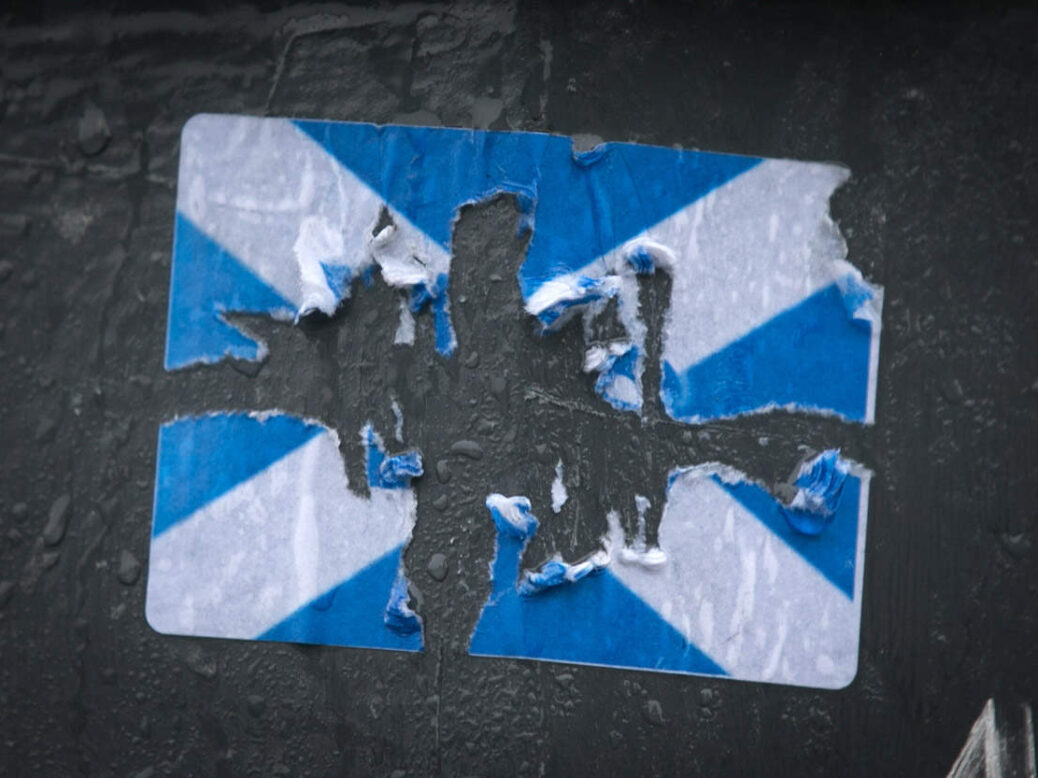
Watching the Scottish referendum’s local totals being announced through the night, one recurring theme stood out. Many of the places that were expected to vote for independence chose No. Repeatedly, we heard that the area about to deliver its result was a place the Yes campaign hoped to win. And then a No total would be announced, amidst cheering and surprise among broadcasters commenting on the results.
Examples of these supposedly Yes seats include the first to declare its total, Clackmannanshire, a small council which was a top Yes target. It voted No, 54 per cent to 46 per cent Yes. This pattern was then repeated in other Yes hopefuls, like Renfrewshire, Inverclyde, Perth and Kinross and Aberdeenshire. The latter was particularly telling, as it was a No vote in Alex Salmond’s backyard; the seat he represents in Holyrood is Aberdeenshire East. Also, other SNP-led seats, such as Angus, and Eilean Siar (represented by the SNP in Holyrood and Westminster) opted for No.
Why is this?
The BBC’s political professor du jour, and all-round #indyref sage, John Curtice of the University of Strathclyde, gave his view on the subject during the overnight coverage. Analysing the results, and therefore gaining an idea of which groups of people were voting No, he suggested that it was because significant Unionist support came from the middle classes:
“The No vote was generally higher in places with a relatively high migrant population from the rest of the UK, in places with a relatively high middle-class population, in places where there are more older people and in the more rural half of Scotland.”
The Telegraph too came to a similar conclusion in its coverage, when trying to explain why local authorities seen as Yes hopefuls had ended up saying No. It reported:
“A huge turnout from the middle classes saw traditional SNP strongholds declare for the No campaign.”
I spoke to Anthony Wells of YouGov about this pattern, and he reflected that the situation was a bit more complex than simply being down to turnout differentials:
“I don’t know if there was differential turnout. . . Essentially – and it’s not just a referendum thing – you tend to get a lower turnout amongst working class people and people in deprived communities than you do amongst middle class people in stable communities anyway. It’s one of those things that’s almost built in,” he says.
“[But] in some ways, I’d have thought with such a high turnout, 84, 85, 86 per cent, I would expect that to blunt the effect slightly actually. Because when almost everyone’s voting, the effect of one group voting more than the others is dampened a bit. If we go back to the old days of high turnout in British elections before 1997, there used to be much less of that big differential you get between working class seats and middle class seats you get these days. . .
“So actually I think high turnout dampens the effect of turnout differentials rather than emphasising. It’s clearly not just turnout anyway, because even amongst working class people who voted, they were more Yes than middle class people who voted. Even if you strip out any turnout differentials, there was a class effect here anyway.”
He points out that one of the key reasons for fewer working class people voting in general is a “knock-on effect” of having a “more chaotic life” than directly to do with social class. For example, people are less likely to be registered to vote in “communities that are less secure and less well-off, and relying on private rentals and so on”.
Wells also questions the assumption that SNP-held seats would vote Yes. He acknowledges that observers were “largely looking at it expecting all the SNP places to be very Yes and places where the SNP struggle to be very No”, but says this was too simple a prediction of what the pattern would be. His analysis is partly based on the Scottish Parliament’s different electoral system:
“In many ways, SNP voters were obviously much more likely to be Yes. [But] perhaps it’s the fact that it’s a four-way electoral system in Scotland. You’ve got four parties there. So in places where they get through and get seats, it doesn’t mean there’s a majority of SNP voters in any of those seats; they’ve just got more than the other three parties singularly.”
He adds: “So perhaps we’re just looking at it forgetting that an area strong for a party doesn’t mean they’ve got majority support in that area [in Scotland]. And, of course, equally, while SNP supporters were much more Yes than other parties, there were lots of Labour supporters who voted Yes as well. There were people who voted SNP in 2011 who weren’t nationalists, they just thought Alex Salmond would be the best leader for the country. And there were people who voted Yes even though they don’t support the SNP. It’s just a typical case of being a bit lazy in looking at the seats, because we knew along that it was more complicated than SNP equals Yes, not SNP equals No.”
It seems the most sensible answer then to why potential Yes seats voted No in the end is that they weren’t as potentially Yes as we predicted.






